Trade Shifts, Crypto Gains
After weeks of negotiations, the US and the EU have reached a trade agreement that will see a majority of exports from the EU face a 15% tariff. President Trump called it the "biggest of all the deals" and according to the President, the trade deal will also see the EU purchase $750B of energy from the US and invest $600B in the US on top of existing investments. BTC recovered over the weekend from a drop to $115K which coincided with Galaxy Digital helping to facilitate the sale of 80,000 bitcoins "for a Satoshi-era investor" and it currently trades above $119K. ETH's term structure of volatility has inverted once more as front end volatility has jumped from 62% on Saturday to a current level of 71%, while its spot price reached $3,900, a level it last traded at in mid-December 2024. Bitcoin Hashrate is operating in all time high territory at over 1.02 ZH/s.

Daily Updates:
- After weeks of negotiations, the US and the European Union have agreed to a trade deal that will see the EU bloc face a tariff of 15% on most of its exports to the US.
- The negotiation was reached yesterday, a week before President Trump’s self-imposed August 1 deadline where the tariff rate was expected to be 30%. Earlier in May, the President had cited a 50% tariff on EU products due to a lack of progress in their discussions.
- Some products are excluded from the 15% tariff rate while others are subject to a higher rate. Steel and aluminium products will continue to face a 50% tariff while other sectors such as aircrafts, parts for semiconductors, chemicals, pharmaceuticals and specific agricultural products.
- According to Trump the deal will also see the EU purchase $750B of energy from the US, invest $600B in the US on top of existing investments, open up EU countries’ markets to trade with the US at zero tariffs, and purchase “vast amounts” of military equipment.
- According to Trump, the agreement is “the biggest of all the deals”, while European Commission President Ursula von der Leyen stated the agreement “will bring stability” and “it will bring predictability” for the EU.
- Signs of how difficult it may have been for both sides to reach an agreement was on display yesterday however as Trump and von der Leyen differed on some of the details of the deal. Trump stated that the deal would not include pharmaceuticals, while von der Leyen said in a separate news conference “We have 15% for pharmaceuticals. Whatever the decision later on is, of the president of the US, how to deal with pharmaceuticals in general globally, that’s on a different sheet of paper”.
- The two also differed on the 50% steel and aluminium tariffs which Trump stated “stays the way it is”. Von der Leyen on the other hand said that metal “tariffs will be cut and a quota system will be put in place”. Senior US officials however stated that the deal does not cover steel and tariff exports.
- US equity futures jumped higher following the trade deal with S&P 500 contracts up 0.4%, following the index’s all-time high on Friday and futures on the Euro Stoxx 50 rallied 1%.
- Tariff related news has not just stopped at the US-EU agreement either. According to the South China Morning Post, the US and China are expected to extend their tariff truce, due to end on August 12, by another three months.
- US Treasury Secretary Scott Bessent and Chinese Vice Premier He Lifeng are due to meet later today in Stockholm and Bessent has previously stated that he expects a trade-truce extension to emerge from the negotiations.
- Canada on the other hand appears to be less of a priority for the President. Speaking to reporters on Friday, Trump said “We haven’t really had a lot of luck with Canada … I think Canada could be one where they’ll just pay tariffs, not really a negotiation”. Trump had earlier sent a letter to Prime Minister Mark Carney threatening to impose 35% tariffs on products not covered by the USMCA agreement if Canada doesn’t make a trade deal by the August 1 deadline.
- Over the weekend BTC bounced back to $119K after falling to $115K earlier last week on Friday.
- That drop to $115K coincided with Galaxy Digital helping to facilitate the sale of 80,000 bitcoins. On Friday, the company stated “Galaxy completed the sale of more than 80,000 bitcoin—valued at over $9B based on current market prices—for a Satoshi-era investor, representing one of the earliest and most significant exits from the digital asset market. The transaction was part of the investor's broader estate planning strategy.”
- At-the-money implied volatility for BTC options across the term structure of volatility have been flat over the weekend with 7-day ATM IV currently trading at 35%.
- On the other hand, ETH’s term structure of volatility has inverted as front-end volatility has jumped from 62% on Saturday to a current level of 71%. ETH’s spot price is up more than 3% over the past 24 hours and touched $3,900 earlier today, a level it last traded at in mid-December 2024.
- Binance’s native coin BNB has reached a new all time high of $857, up approximately 7.5% in 24hrs and 12.5% over the past 7 days. This is a big outperformance to the other top 10 market cap tokens which have moved on average around 0-3% in the past 7 days.
- Tokyo-listed bitcoin treasury firm Metaplanet has acquired a further 780 BTC, at an average price of $118,622 per bitcoin, bringing its total holding to 17,132 BTC, valued around $2B.
- Nasdaq-listed SharpLink Gaming has purchased a further 77,210 ETH, at approximately $295 million, bringing their total holdings to 438,017 ETH valued at around $1.7B, according to onchain data.
- Bitcoin Hashrate is operating in all time high territory at over 1.02 ZH/s constituting an over 35% increase in one year.
This Week’s Calendar:
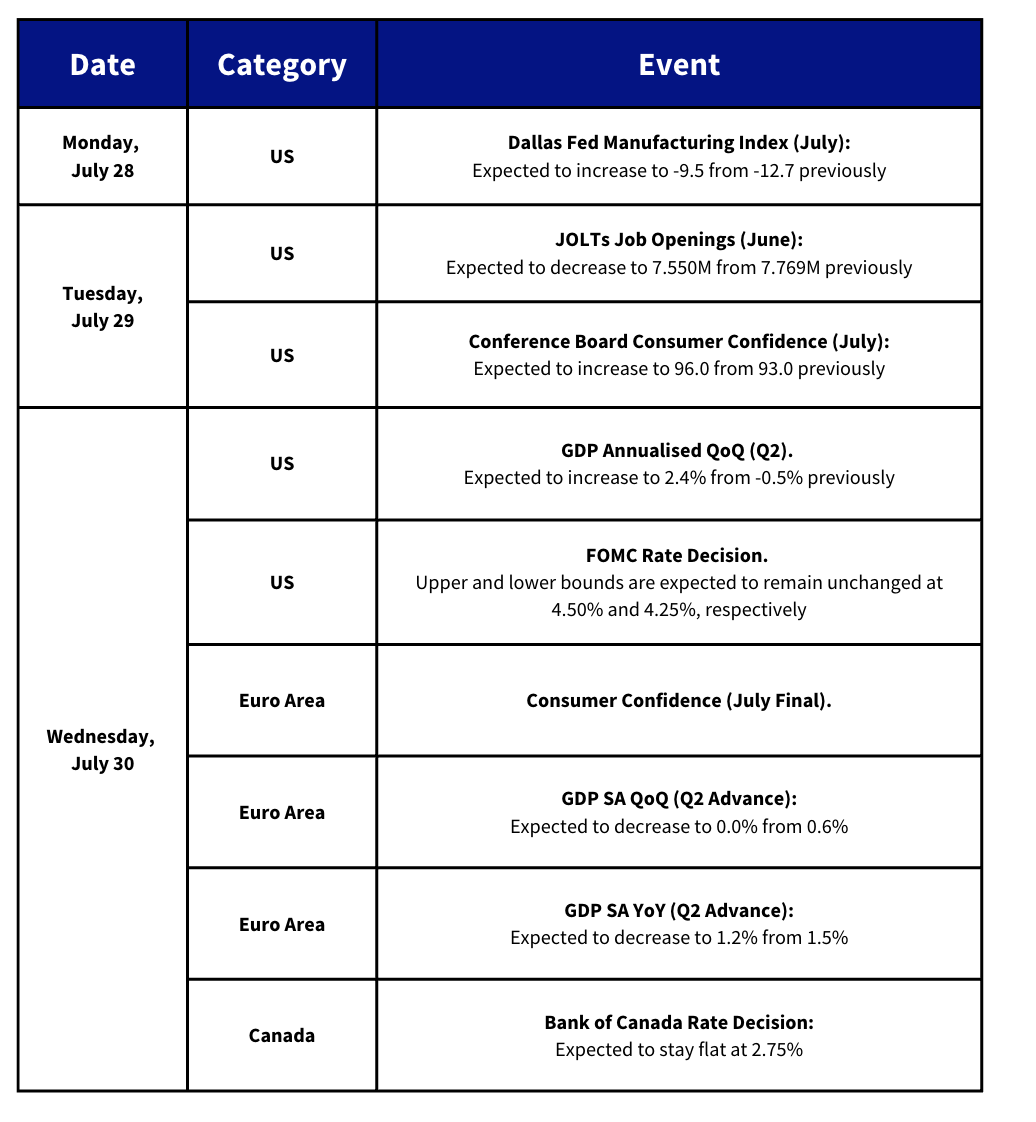
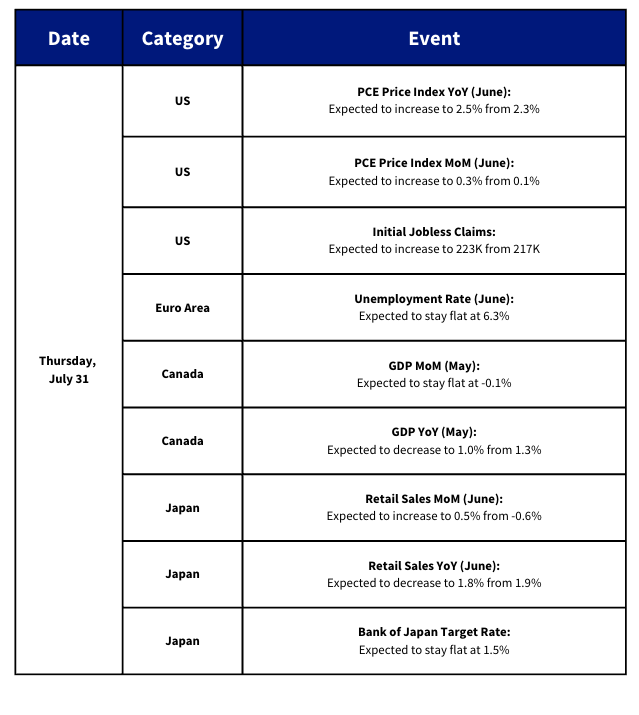
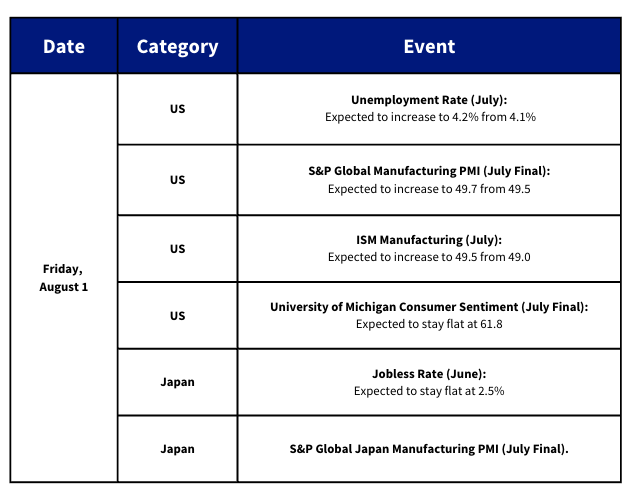
Charts of the Day:
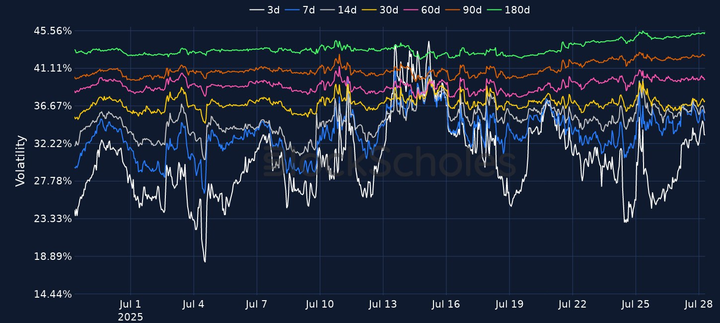
Figure 1. BTC at-the-money implied volatility across selected tenors. Source: Deribit, Block Scholes
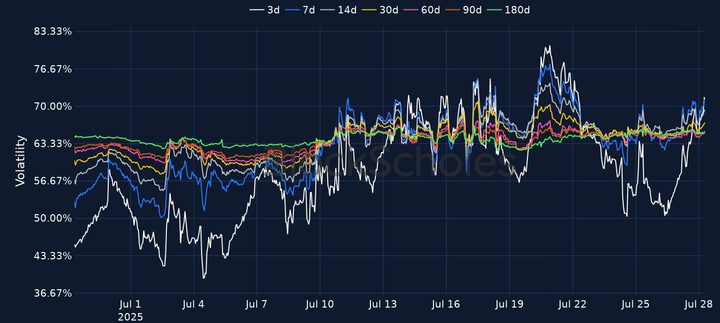
Figure 2. ETH at-the-money implied volatility across selected tenors. Source: Deribit, Block Scholes
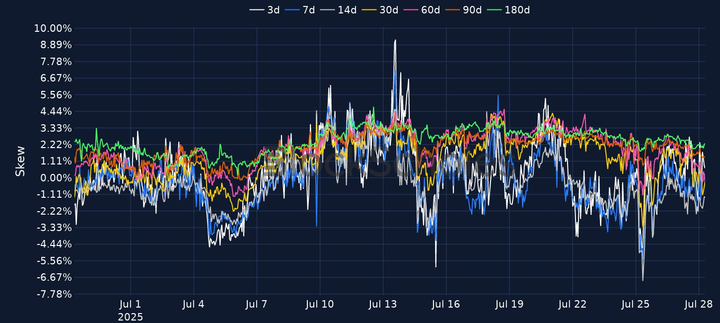
Figure 3. BTC 25-delta put-call skew ratio across selected tenors. Source: Deribit, Block Scholes
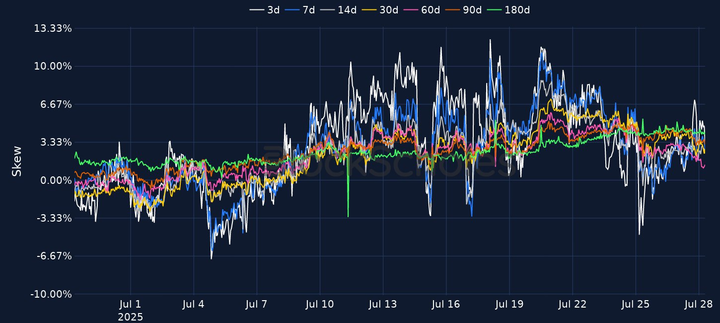
Figure 4. ETH 25-delta put-call skew ratio across selected tenors. Source: Deribit, Block Scholes


